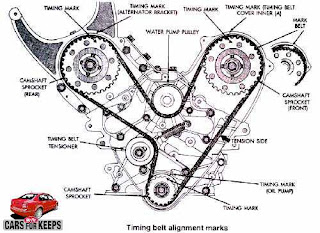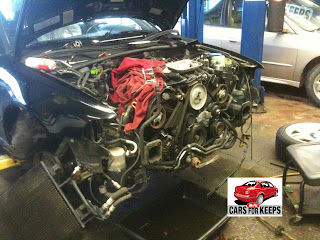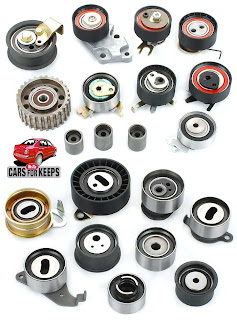 I never thought that the day would come, or maybe I hoped it wouldn’t. The day of a teenage driver in our house has arrived. My son has been driving with us for over a year with his learner’s permit, but his road test and license is soon at hand. Getting a driver’s license is an auspicious day. It’s a right of passage, a sign of adulthood, a milestone that brings with it serious responsibility, as well as access to the entire world. For the child, it’s exciting, for the parent, terrifying.
I never thought that the day would come, or maybe I hoped it wouldn’t. The day of a teenage driver in our house has arrived. My son has been driving with us for over a year with his learner’s permit, but his road test and license is soon at hand. Getting a driver’s license is an auspicious day. It’s a right of passage, a sign of adulthood, a milestone that brings with it serious responsibility, as well as access to the entire world. For the child, it’s exciting, for the parent, terrifying.Getting my driver’s license was one of the biggest days in my life. It ranks as one of my most cherished moments. For me, it was an excruciating wait to reach the age of 16, and access the key to the highway. Every day until then was in preparation for that fateful day, the day of the road test. The first memory in my life was when I was very young; maybe three years old, I got in my parents’ car and pretended to drive. Somewhere in this practice session, I decided that it would be a good idea to release the emergency brake. I coasted down the hill, through my neighbor’s fence and into the side of their house.
Mistake #1: releasing the brake.
Mistake #2: jumping into the back seat and hiding on the floor instead of applying the brake.
Oops! I guess I needed a little more practice.
Undeterred, I continued my practice through the years playing with my toy trucks and cars for hours at a time; driving, parking, K-turns, I covered every move.
 When I was in the eighth grade, I would drive my grandfather’s bright red Farmall tractor around his barn and back again, sunrise to sunset. At 15 and not quite street legal, I would drive my parents’ car up and down the driveway, practicing everything that I could muster within the confines of the area. When I finally took my road test, I remember waiting for what seemed like eternity for the results to be delivered in the mail. When my license arrived and I learned that I had passed, my life long dream had finally been realized.
When I was in the eighth grade, I would drive my grandfather’s bright red Farmall tractor around his barn and back again, sunrise to sunset. At 15 and not quite street legal, I would drive my parents’ car up and down the driveway, practicing everything that I could muster within the confines of the area. When I finally took my road test, I remember waiting for what seemed like eternity for the results to be delivered in the mail. When my license arrived and I learned that I had passed, my life long dream had finally been realized. After I got my license, I drove any and every time that I had an excuse. I would pick my sister up at school, take my other sister to her job, chauffeur my father and mother to anywhere they might be going. I took advantage of any and all reasons to drive. I still love to drive. My problem now is, so does my son. Every time that we go anywhere, he wants to drive.
 I tell myself that it’s good practice for his road test. We drive just to drive, we practice parallel parking, and we dodge rogue drivers, many of whom should never have received licenses themselves. There is the occasional white knuckle moment, but basically, he is already a very good driver.
I tell myself that it’s good practice for his road test. We drive just to drive, we practice parallel parking, and we dodge rogue drivers, many of whom should never have received licenses themselves. There is the occasional white knuckle moment, but basically, he is already a very good driver.After all of the years and the thousands of miles that I have driven, I have never taken driving for granted. It still holds the same thrill for me that it did at age three, although I have decided that it’s better to stick to the road instead of driving into the side of a neighbor’s house. It feels good to see my son’s excitement as he discovers the joys of driving, but I still want my turn behind the wheel.
Enjoy the ride, we are!
MaineAutoMall.com Auto Blog

Promote Your Page Too































